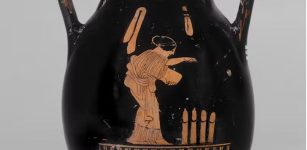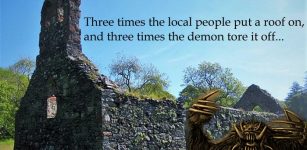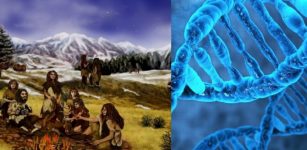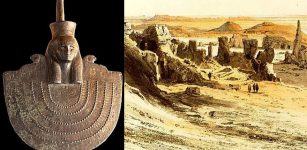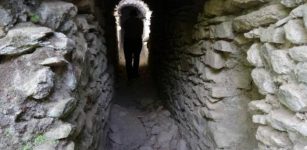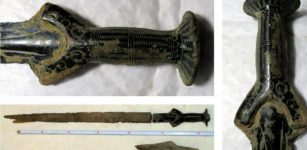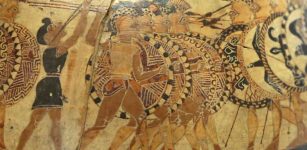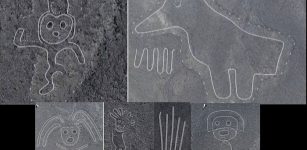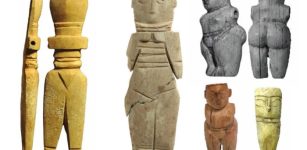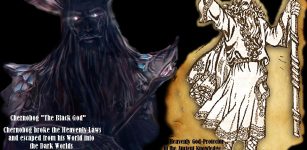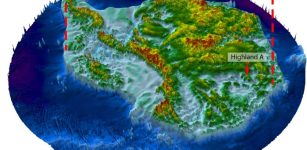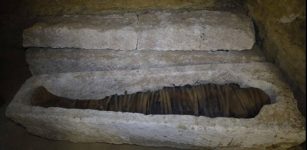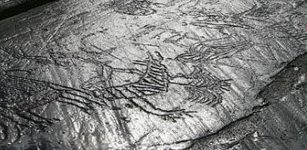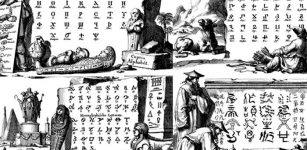Mysterious Death Of 20 Celts Who Died 2,000 Years Ago In The Three Lakes, Switzerland – Re-Examined
Jan Bartek - AncientPages.com - Archaeologists have been investigating human remains discovered near the ruins of a bridge in the Three Lakes region of Switzerland. Their aim is twofold: to unravel the circumstances surrounding the discovery and to gain deeper insights into the region's Celtic heritage.
Credit: Pixabay - Public Domain
In 1965, during renovations of the Thielle Canal, a jumble of bones, skulls, and wood beams was uncovered on the bed of a river near the ruins of a Celtic bridge at Cornaux/Les Sauges. This discovery, which included 20 skeletons, has been the subject of speculation since its unearthing.
A multidisciplinary team of specialists in archaeology, anthropology, thanatology, biochemistry, and genetics has now revisited this case. The Celts, a mysterious people who played a pivotal role in ancient European history, have left their mark in the Rhine and Danube regions. Their ancestors settled around 2000 BC in western Austria, Bavaria, and Switzerland. Archaeological findings in La Tene, Switzerland, have confirmed their presence.
However, precisely tracing the Celts' lineage back to antiquity is challenging due to the scarcity of written historical records from that European era. The Celts' predominantly oral culture has left limited written sources; much of the available information comes from Julius Caesar's writings.
"They are the stories of a military adversary, so they are not necessarily objective and complete," says Zita Laffranchi, a postdoctoral fellow in the Institute of Forensic Medicine at the University of Bern. "By focusing on the archaeological finds, we are able to give a voice to the people who are not attested in the written record."
Credit: Adobe Stock - Angela
Scientists have conducted a bioarchaeological investigation to reconstruct the events at Cornaux/Les Sauges, where the ruins of a Celtic bridge and skeletons were discovered. The findings surrounding these remains have been subject to debate.
Some theories suggest that a sudden flood or tsunami led to the collapse of the wooden bridge structure. Others propose that the corpses were victims of human sacrifice, a practice associated with water in Celtic culture.
To unravel the circumstances, the skeletons underwent a thorough examination. Their preservation state and the presence of brain fragments in five skulls indicate that sediment covered the bodies shortly after death. Multiple bone lesions were found across the bodies, from skulls to legs, suggesting violent impact as the cause.
Notably, no injuries consistent with intentional harm or sharp objects were identified, contrasting with findings at other European sites where sacrifices are attested. Additionally, some bones were entangled with wood pieces, pointing to an accidental event. Based on these elements, the theory that a tsunami caused the bridge's collapse seems plausible.
This archaeological discovery has yielded valuable insights beyond just the skeletal remains themselves. Chemical analyses of the bones and teeth have provided a wealth of information about these individuals. Radiocarbon dating has helped establish a timeframe for when these Caltic individuals lived, while isotopic analyses have shed light on their diets and places of residence. Remarkably, paleogenetic analyses have even allowed researchers to analyze the ancient DNA of half of the individuals found.
Through these various scientific techniques, scientists have confirmed the presence of at least 20 people, including a young girl, two other children, and 17 adults, most of whom were young men. The demographic bias towards young adult males could potentially indicate a group of prisoners, slaves, merchants, or soldiers.
Skeletal distribution and examples of perimortem skeletal lesions at Cornaux/Les Sauges. Credit: Scientific Reports (2024). DOI: 10.1038/s41598-024-62524-y
However, some ambiguity remains regarding the timing of their deaths. While some radiocarbon dates suggest they may have perished during the destruction of the bridge, it is impossible to definitively confirm that all the deaths occurred simultaneously and coincided with that event.
"Considering all these elements, it is very likely that a violent and sudden accident took place in Cornaux," summarizes Marco Milella, researcher at the University of Bern and co-leader of this project.
"But this bridge had a prior life. It may have been a place of sacrifice, and it is conceivable that some corpses preceded the accident. There is no reason to choose between the two alternatives."
The exact sequence of events of the Celtic bridge at Cornaux/Les Sauges will thus probably remain a mystery. "In this type of research, we are interested in individuals. We trace their life stories, which can be emotional," says Laffranchi. "But at its root, the goal is to better understand our cultural and biological heritage, at the level of the population."
The Three Lakes region held significant importance for the Celts, particularly the Helvetians (Helvetii), the largest Celtic tribe that settled between Lake Geneva and Lake Constance. This new study, the first to utilize paleogenomics to analyze Celtic individuals from Switzerland, confirms their genetic proximity to other Iron Age populations.
Notably, some of the lineages identified in Cornaux have also been found in Britain, the Czech Republic, Spain, and central Italy. Isotopic analyses indicate that while some individuals may have grown up in the Three Lakes region, others originated from the Alps.
These discoveries reinforce the region's importance at that time and corroborate the increasingly well-substantiated notion of a mixed population and high mobility among the Celtic groups. Far from being isolated by the surrounding mountains, our Helvetian ancestors lived at a bustling crossroads in the center of Europe.
The study was published in the journal Scientific Reports
Written by Jan Bartek - AncientPages.com Staff Writer





